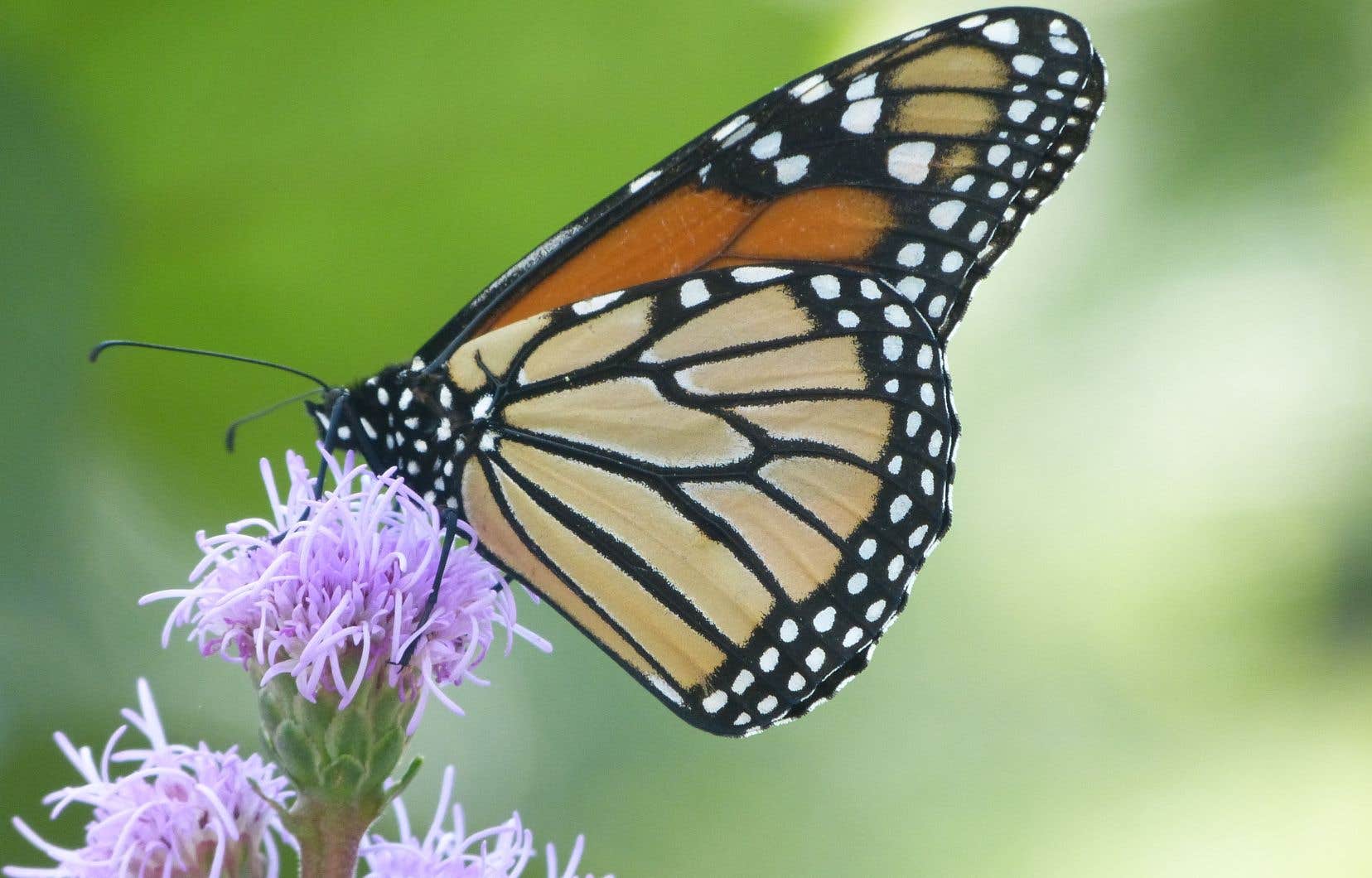This text is part of the special Pleasures notebook
It’s official: the monarch butterfly is on Canada’s endangered species list. What can we do to reverse the trend or at least slow its decline? Here are some ideas to help protect the iconic black, orange and white butterfly in our own way.
In North America, there are a few that are specifically designed for endangered species, starting with Mission Monarch, an initiative of the Espace pour la vie Insectarium. Its goal? To document the migratory journey of this butterfly. And everyone can contribute, whether they live in the countryside or in the city. After registering on the program’s website (mission-monarch.org) and having consulted the information sheets that will help us correctly identify the species, we keep our eyes open, looking for milkweed plants (also called “little pigs”!). This plant is an essential food source for the survival of monarchs. We then record what we see on the leaves and flowers: caterpillars, butterflies, eggs, or maybe even… nothing at all. It is generally towards the end of July and the beginning of August that we observe individuals in greater numbers. The Canadian Wildlife Federation also offers its own data sharing portal, iNaturalist.cawhere you can also chat with other local flora and fauna enthusiasts.
Cultivating biodiversity
Green, weed-free lawns are no longer popular. Neither are pesticides like neonicotinoids (neonics for short), one of the known causes of the decline in monarch populations. Instead, the David Suzuki Foundation suggests that we transform our lawns into “pollinator habitats,” an environmentally friendly solution. A simple action that can have an impact is to swap out grass for clover or wild thyme, two ground covers with small nectar-producing flowers that are popular with bees and butterflies. To introduce them to an already grassy area, you can buy seeds to spread (the best time to do this would be in late spring or early summer). Alternatively, you can plant cuttings of creeping species if you plan to take action later in the season.
Creating a pollinator garden
In the caterpillar stage, the monarch butterfly feeds exclusively on milkweed. We should therefore treat this flower as a true queen in our flowerbeds (see box). There are other good options in the native plant section, which are best adapted to our climate. They are also the most likely to attract pollinators of all kinds, according to the experts at Espace pour la vie. Herbs, such as lemon balm, mint, chives, oregano or agastache fennel, and perennials, such as purple coneflower, lupine, bee balm, rudbeckia or goldenrod, are to be preferred.
Milkweed in the garden
Restrictions to preserve monarchs
This content was produced by the Special Publications Team of Dutyrelevant to marketing. The writing of the Duty did not take part in it.
